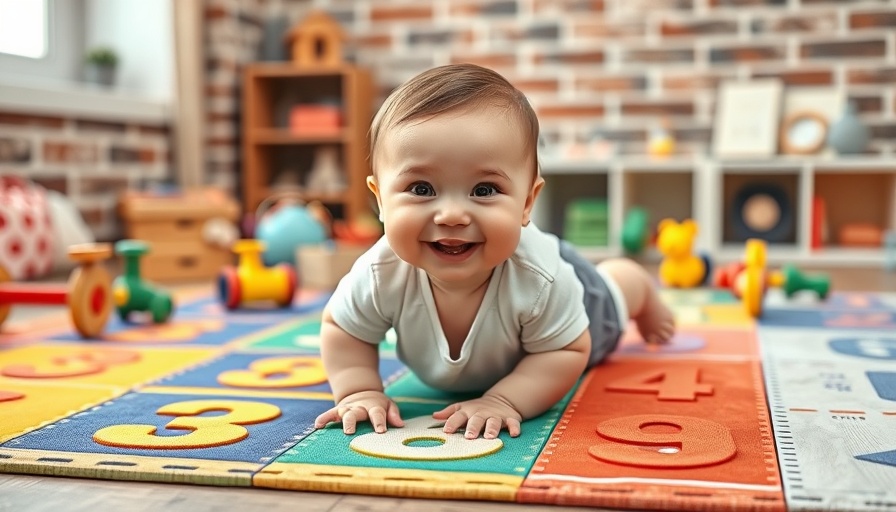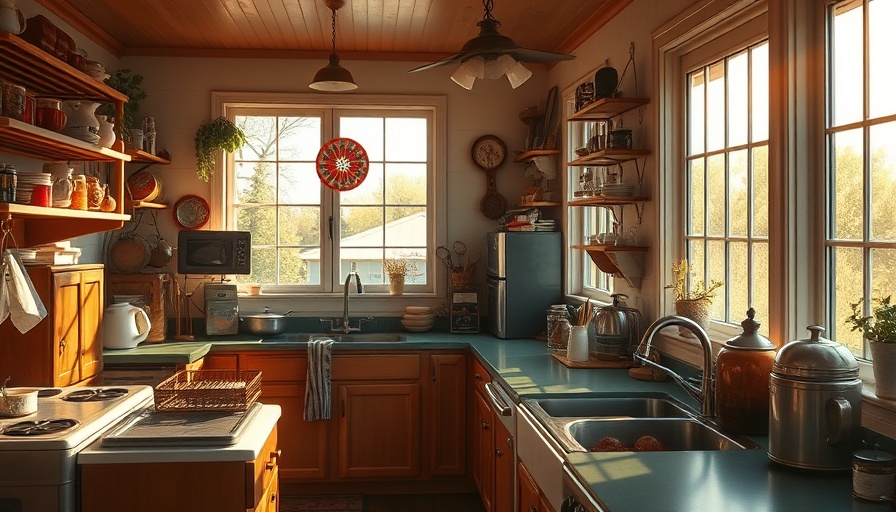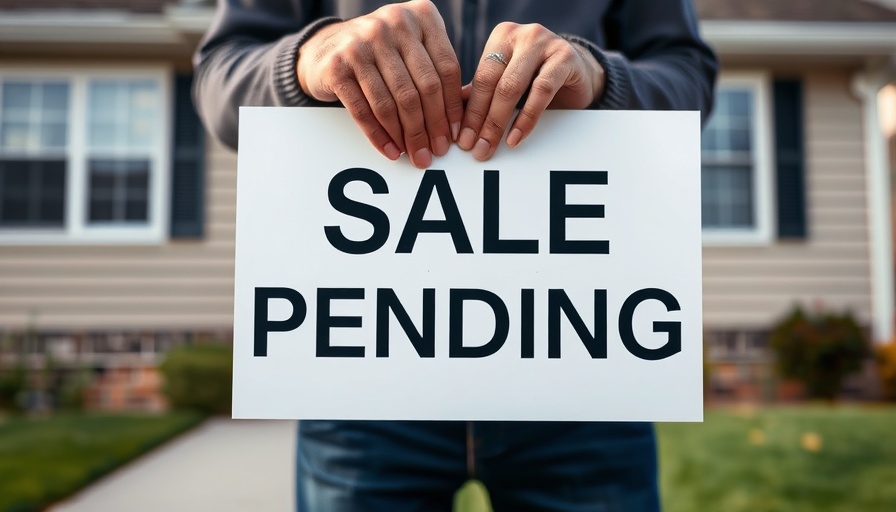
Understanding Baby-Proofing: A Necessity for Real Estate Professionals
Whether you're a real estate agent preparing a property for family buyers or a landlord seeking to create better living environments for renters, understanding baby-proofing is essential. When families consider houses for sale or apartments for rent, safety is often at the forefront of their minds. With an increasing number of families moving into new homes, ensuring that properties are safe for children can make your listings more appealing.
Room-by-Room Evaluation: Prioritizing Safety
To effectively baby-proof a home, start by evaluating each room where children will spend time. According to experts, changes to spaces such as staircases, busy living rooms, and kitchens should be top priorities. Installing baby gates, corner protectors, and securing furniture can significantly reduce risks.
Accessing Invisible Dangers: The Importance of Perspectives
Getting down to a child’s level provides valuable insight into hidden hazards. As a real estate professional, advising clients to assess homes from their child's point of view can help highlight the necessary changes to ensure safety. Items that fit in a toilet paper roll are dangerous choking hazards, and can often be found in common household items.
Collaborate with Professionals for a Safer Environment
If homeowners feel overwhelmed by the prospect of baby-proofing, recommend hiring professionals. Skilled contractors can assist with the installation of safety devices, ensuring that homes become safer environmental spaces for growing families. This not only adds value but can also be promoted as an advantageous feature of properties on the market.
Utilizing Simple, Effective Baby-Proofing Techniques
Families need to know that baby-proofing can be straightforward and cost-effective. Experts advocate for focusing on major risks first, such as securing large furniture and preventing access to hazardous materials. While selling, highlight features such as securely anchored bookshelves and baby-safe kitchen installations as they can better showcase a property’s family-friendly elements.
Investment in Long-Term Safety Features
For real estate investors, incorporating baby-proofing in property renovations might improve rental appeal and yield. Safety investments today can lead to higher property values in the future, as parents are often more willing to pay a premium for a safe living environment. Tools like outlet covers and door stoppers are inexpensive yet important investments that pay off in tenant satisfaction.
Insights from Recent Trends in Real Estate
Current market trends showcase a growing interest in family-oriented features among buyers. Properties listed on sites like Redfin and Zillow that emphasize safety features attract more views and potential buyers. Mortgage rates and housing demand can fluctuate, but safety remains a constant concern for parents, making baby-proofing an essential marketing strategy.
Education: A Tool for the Modern Real Estate Agent
With families searching for homes, educating clients about baby-proofing provides not only safety tips but also insights into what makes their property attractive. This knowledge empowers real estate agents to engage better with potential buyers, positioning safety not just as a requirement, but as a desirable feature that increases property value.
Conclusion: Prioritize Safety in Real Estate
As a real estate professional, committing to promote safety in homes can lead to enhanced marketability. For parents navigating the housing market, safety is a priority that aligns with their aspirations for a nurturing environment. For those in the business of real estate, understanding baby-proofing can translate into valuable selling points for any property.
 Add Row
Add Row  Add
Add 




Write A Comment